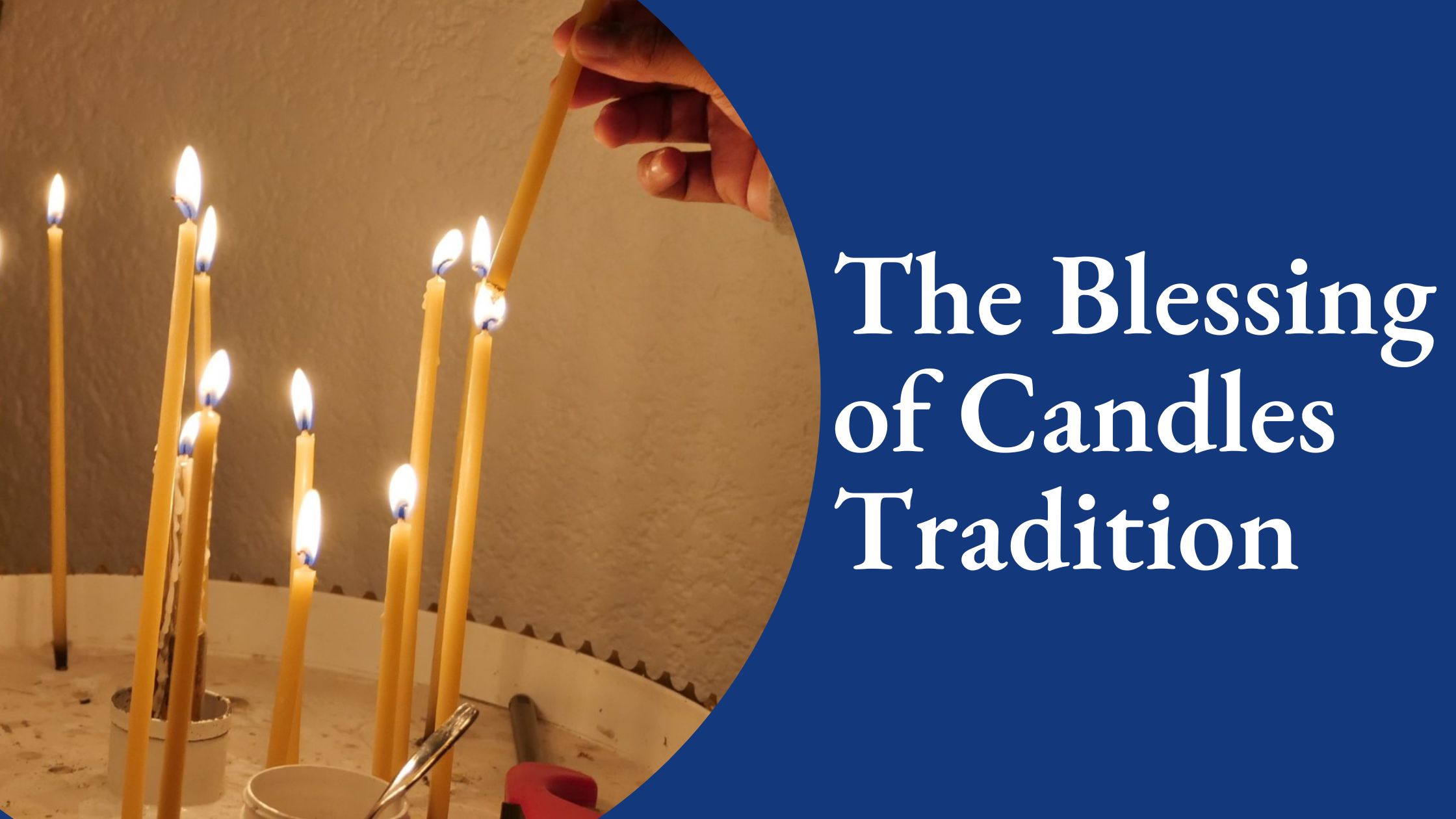Explore the rich traditions of the Feast of the Presentation of Our Lord, celebrated on Feb. 2 in the Ukrainian Catholic Church. Rooted in the liturgical practices of Jerusalem, this feast dates back to the fourth century and has a fascinating history of development and adaptation. Learn about the use of candles and lights, symbolizing the “True Light,” and discover the connection between the blessing of candles and divine protection. As we delve into these customs, let us appreciate their profound meanings and continue to embrace them as expressions of our faith and devotion.
Jerusalem, a city hallowed by the suffering and sacrifice of Our Lord Jesus Christ, holds profound significance. Amidst its sacred history, the Feast of the Presentation of Our Lord emerged, becoming a cherished tradition. Jerusalem is considered holy due to the suffering and death of Jesus Christ. The Church of Jerusalem holds significance as the Mother Church of all Christians, where the liturgical year originated.
Feast of the Presentation: A Rich Tradition
The celebration of the Feast of the Presentation began in the fourth century in Jerusalem. The liturgical festivities, commemorating events from Christ’s life, gained prominence with pilgrims’ participation after the Constantinian Peace of 313.
1. Early Celebrations:
– The oldest account dates back to a Spanish Nun, Egeria, in the fourth century.
– Initially called “The Fortieth Day After the Nativity,” it later became “The Encounter of Our Lord.”
– Emperor Justinian I established the celebration in the Byzantine Empire in 542.
– Pope Gregory the Great introduced it in Rome in the sixth century.
2. Symbolism of Light and Candles:
– St. Simeon’s hymn referred to Jesus as the “Light to the Gentiles,” inspiring the use of candles.
– The procession symbolized Joseph and Mary’s journey to Jerusalem.
– Candles symbolize the Divine Presence, following the tradition from the Old Testament.
3. Candles in Eastern Tradition:
– The use of candles in processions was mentioned in the biography of St. Sabas in 556.
– Introduced by hermits in the sixth century, candles were used for a prayerful atmosphere.
– The Council of Nicaea II approved offering lights in honor of icons in 787.
4. Blessing of Candles:
– Emperor Justinian I initiated candlelight processions in 541 for Divine Protection.
– Similar processions arose during times of danger.
– The blessing of candles on the Feast of the Presentation started in the seventeenth century.
– Candles were distributed to the faithful for Divine protection.
– In homes, blessed candles are used during sickness, and storms, and to dispel fear in children.
The blessing of candles on the Feast of the Presentation embodies the Gospel narrative, introducing Jesus as the “Light of the people.” Candles, lit during liturgical services and in homes, signify Christ’s abiding presence. The ritual, dating back centuries, connects believers to the sacred history of Jerusalem and emphasizes the power of communal prayer. The burning candles contribute to the fervor of prayers, symbolizing a continuation of devotion beyond the church walls. As the faithful carry lighted candles in procession, they seek the “Glory of God” and implore His mercy in times of sickness and distress. This sacred tradition remains a timeless expression of faith and reliance on God’s protective power.

